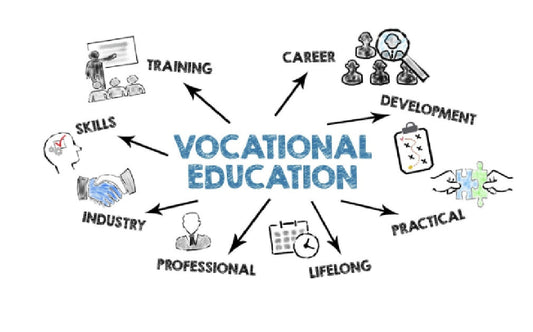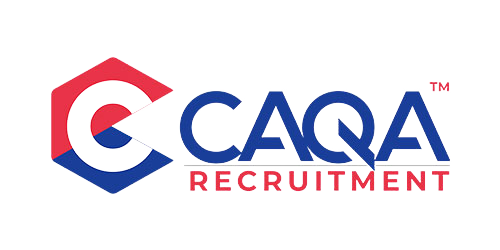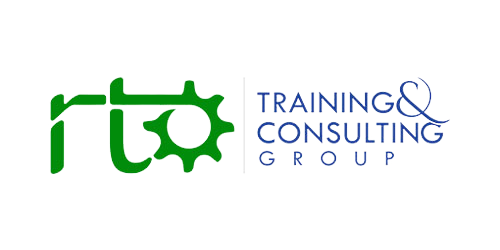The education and training industry is one of the most important sectors of any society. It is responsible for equipping students, employees, and other stakeholders with the knowledge and skills they need to succeed in their respective fields. As such, it is crucial that successful strategies are developed and implemented in order to ensure that these goals are achieved.
Unfortunately, there are some common reasons why strategies fail in the education and training industry. In this article, we will take a look at each of the “deadly sins” of strategy and explain why they can lead to the downfall of strategies.
Death by Planning
One of the most common signs of strategy failure in the education and training industry is death by planning. This occurs when an organisation spends more time and resources creating a detailed plan than actually implementing it. This also occurs when a strategy is developed without taking into account the actual needs of the stakeholders involved. This can happen when the focus is solely on the end goal, without taking into consideration all the steps necessary to get there. This often results in a strategy that is overly complex and difficult to implement effectively. This can lead to wasted resources and missed opportunities, as the team is unable to move swiftly to take advantage of market trends or respond to competitor moves. To avoid this, organisations should focus on creating plans that are agile and responsive to the changing environment.
Loss of Focus
A second sign of strategy failure in the education and training industry is the loss of focus. This happens when an organisation becomes too preoccupied with short-term goals, such as immediate profits or market share, and loses sight of its long-term goals. To ensure success in the long run, organisations must maintain a clear focus on the big picture. This means setting long-term goals and staying true to them, regardless of short-term setbacks or gains. This often happens when too much attention is paid to peripheral objectives or when attention is diverted away from essential tasks in order to deal with more immediate concerns.
Reinterpretation
A third sign of strategy failure in the education and training industry is reinterpretation. This occurs when an organisation reinterprets a strategy in a way that is not true to its original intent or purpose. This can lead to confusion and frustration, as the strategy will not have the desired impact or result. To avoid this, organisations should ensure that the strategy remains true to its original vision and that any changes are made with the end goal in mind. It is important to note that strategy is not a static process and should be adapted to suit the current environment. However, if changes are made too often or when they are not based on sound evidence, then the strategy may quickly become outdated and ineffective.
Disconnectedness
A fourth sign of strategy failure in the education and training industry is disconnectedness. This happens when an organisation fails to connect the dots between its strategy and the reality of the education and training industry. To ensure success, organisations should understand the industry landscape and the challenges that it faces, as well as the solutions that it can provide. This will help them create strategies that are both effective and realistic. It is important that strategies are connected to the rest of the organisation in order to ensure that objectives are met. Without this connection, a strategy is much less likely to succeed.
Behavioural Compliance
A fifth sign of strategy failure in the education and training industry is behavioural compliance. This occurs when an organisation fails to follow through on its strategy, resulting in a lack of progress or results. To ensure success, organisations should make sure that they are executing their strategies in the right way and that they are consistently measuring and evaluating their progress. This occurs when employees do not feel motivated to implement the strategy as it is not in their personal interest. This is often the result of a lack of communication and engagement from the company or when the strategy is not seen as being beneficial to anyone involved.
Misreading Resistance
The sixth sign of strategy failure in the education and training industry is misreading resistance. This occurs when an organisation fails to recognise and address the resistance to change that is often present in the education and training industry. To avoid this, organisations should take the time to understand the root causes of resistance and address them with empathy and respect. Sometimes a strategy will be met with resistance from stakeholders, and this can be interpreted as the strategy being wrong or ineffective. However, it is important to remember that resistance can often be a result of a lack of understanding or trust in the strategy. Therefore, it is important to take the time to explain the strategy to those who are resistant in order to give them the opportunity to understand it better.
Broken Agreements
The final sign of strategy failure in the education and training industry is broken agreements. This occurs when an organisation fails to stick to its promises, leading to a lack of trust and respect from stakeholders. To ensure success, organisations should strive to build trust and respect by keeping their word and following through on their commitments. When a strategy is implemented, it is important that all stakeholders are aware of the associated commitments. If any of these commitments are broken, then the strategy is much more likely to fail.
The other reasons why strategies in the education and training industry fail to include the following:
- Poor Planning and Execution – Many strategies fail because they are either poorly planned or executed. It is essential to take the time to plan and execute strategies effectively. This means ensuring that all stakeholders are consulted and that the plan has been adequately tested before implementation.
- Lack of Resources – Resources are key to any successful strategy. If a strategy does not have adequate resources, then it is likely to fail. It is important to ensure that all resources are available before embarking on any strategy.
- Poor Communication – Communication is key to the success of any strategy. Poor communication can lead to misunderstandings, miscommunication and a lack of understanding. When strategies fail due to poor communication, it can be difficult to repair the damage.
- Ineffective Leadership – Leadership is a key factor in any successful strategy. It is important to ensure that the leaders of the strategy have the skills and experience to guide the strategy. Ineffective leadership can lead to poor decision-making and inadequate support.
- Unrealistic Expectations – It is important not to set unrealistic expectations. Strategies that are too ambitious often fail, as they cannot be achieved. It is important to ensure that the strategy is achievable and realistic.
- Ignoring the Market – It is essential to understand the market that the strategy is targeting. If a strategy is not tailored to the specific needs of the market, then it is likely to fail. It is important to research the market thoroughly before embarking on any strategy.
- Ignoring the Competition – It is important to be aware of the competition in the market. Ignoring the competition can lead to strategies that are not competitive enough. It is important to understand the competition and what they are doing to ensure that the strategy is competitive.
- Poor Monitoring – A strategy must be monitored to ensure that it is performing as expected. If a strategy is not monitored effectively, then it is likely to fail. It is important to ensure that the strategy is monitored on a regular basis to ensure that it is performing as expected.
In conclusion, there are many reasons why strategies fail in the education and training industry, and it is important to be aware of these common pitfalls in order to ensure that your own strategy is successful. By taking the time to understand the “deadly sins” of strategy, you can help to avoid these common pitfalls and ensure that your strategy is successful.


































